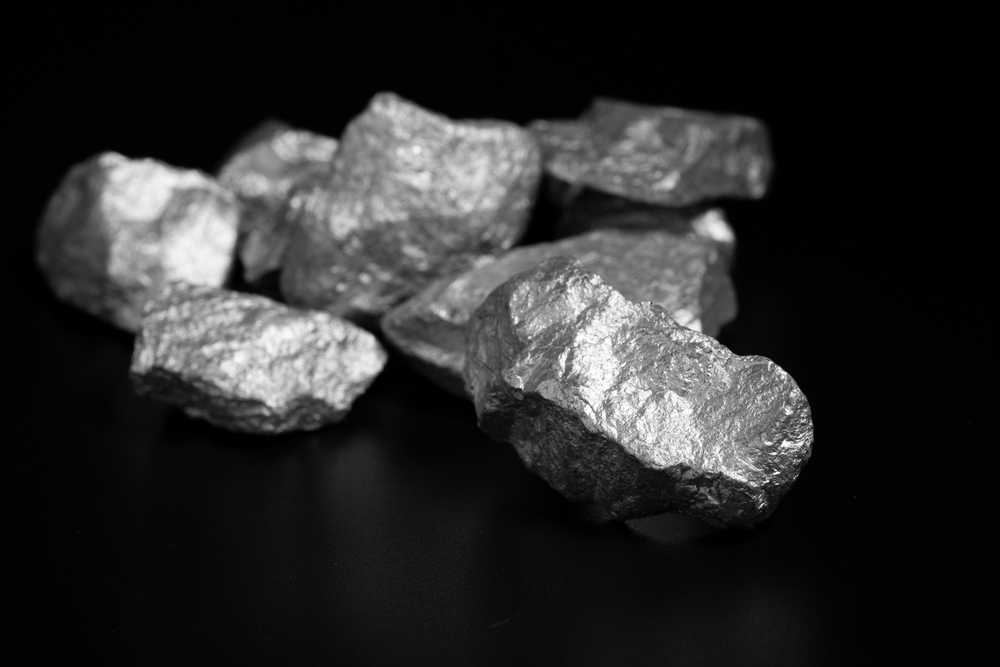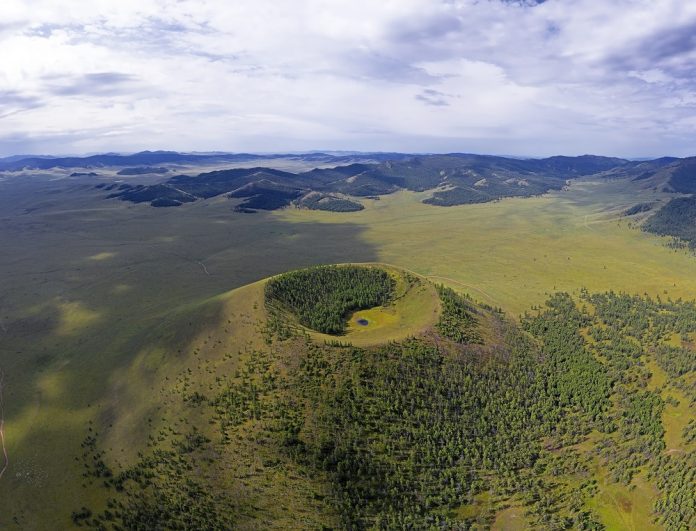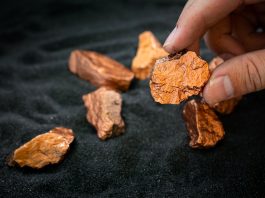Extinct volcanoes could provide Australia with an exciting and abundant new source of rare earth elements, according to research.
A study performed by experts at The Australian National University (ANU) and the University of the Chinese Academy of Science has identified an enigmatic iron-rich magma in extinct volcanoes that is believed to be abundant in rare earth elements.
This novel source of these critical raw materials could help elevate Australia as a globally-leading source of rare earth elements, which are essential for an array of every day and green technologies.
Currently, China is home to the World’s largest rare earths deposit, while Europe’s largest is located in Sweden.
With this discovery, Australia potentially has the opportunity to spearhead the rare earth elements industry.
Why reinforcing supply chains for rare earth elements is vital
Rare earth elements are a group of 17 metallic elements, including lanthanides, scandium, and yttrium, known for their unique magnetic, luminescent, and electrochemical properties.
Although relatively abundant in Earth’s crust, these elements are challenging to extract in concentrated, economically viable amounts. Their specialised characteristics make them critical for a wide range of advanced technologies, particularly in green energy solutions.

In green technologies, rare earth elements play a crucial role in enabling the transition to a low-carbon future. For example, neodymium and dysprosium are essential for manufacturing powerful permanent magnets used in electric vehicle motors and wind turbines.
These magnets help improve energy efficiency and performance. Rare earth elements like lanthanum are key components in electric vehicle batteries, which are crucial for the global shift to cleaner transportation.
Europium and yttrium are vital for energy-efficient LED lighting and display screens, reducing overall energy consumption.
Their use in these critical applications underscores their importance, with demand expected to increase fivefold by 2030.
Extinct volcanoes unlock Australia’s potential
In their study, the researchers recreated volcanic eruptions in the lab by using rocks similar to those found in iron-rich, extinct volcanoes.
These rocks were placed in a pressurised furnace and heated to extremely high temperatures until they melted, allowing the scientists to study the minerals inside.
Through this process, they discovered that iron-rich volcanic rocks contain an abundance of rare earth elements.
Dr Michael Anenburg from ANU explained that the iron-rich magma, which solidified to form certain extinct volcanoes, is up to a hundred times more efficient at concentrating rare earth metals than the magma typically found in active volcanoes.
Anenburg added: “We have never seen an iron-rich magma erupt from an active volcano, but we know some extinct volcanoes, which are millions of years old, had this enigmatic type of eruption.
“Our findings suggest that these iron-rich extinct volcanoes across the globe, such as El Laco in Chile, could be studied for the presence of rare earth elements.”
This groundbreaking discovery offers Australia a unique opportunity to strengthen its position in the global rare earth elements market.
By tapping into the vast potential of iron-rich volcanic rocks from extinct volcanoes, Australia could reduce its reliance on foreign supply chains and become a key player in the production of rare earths.









